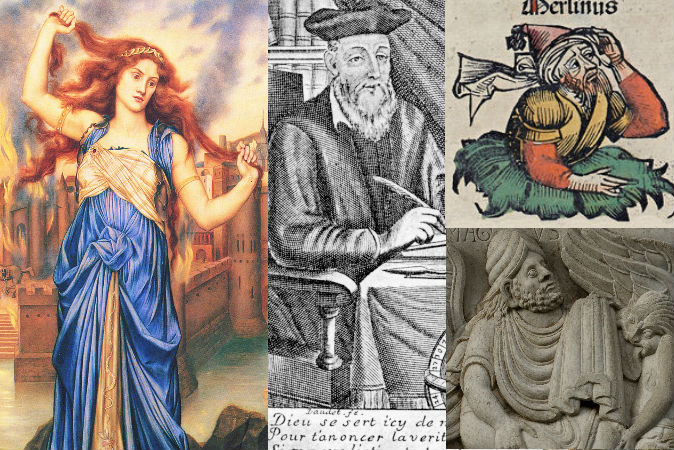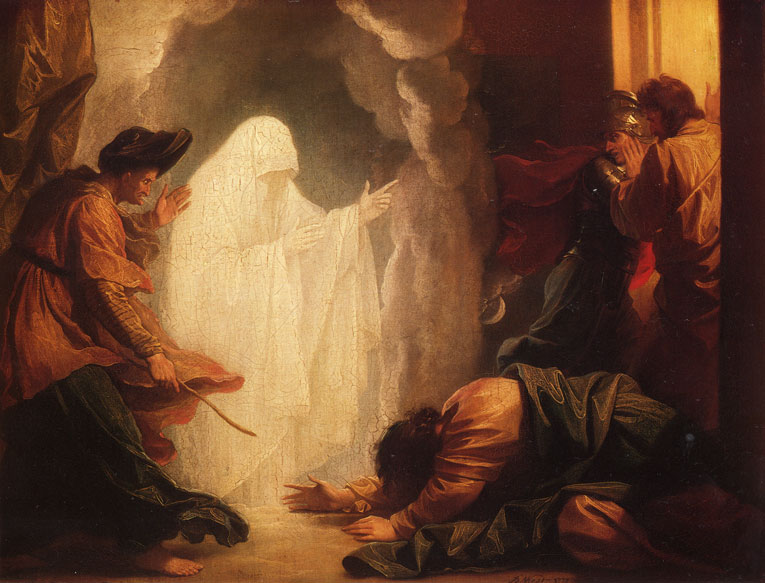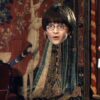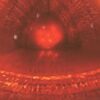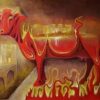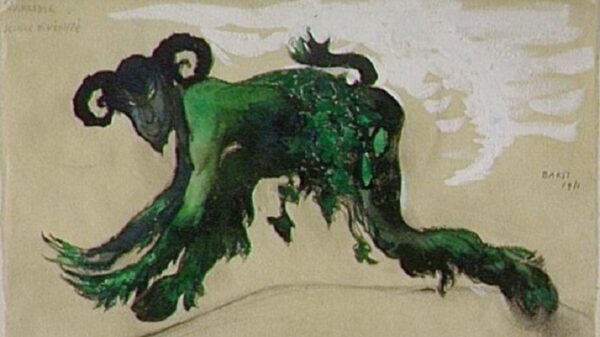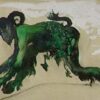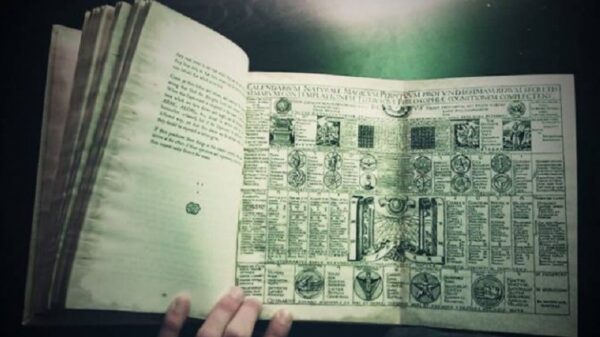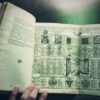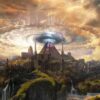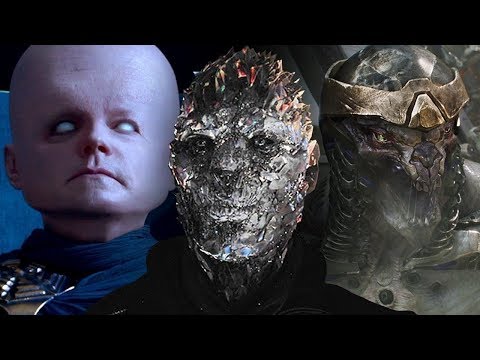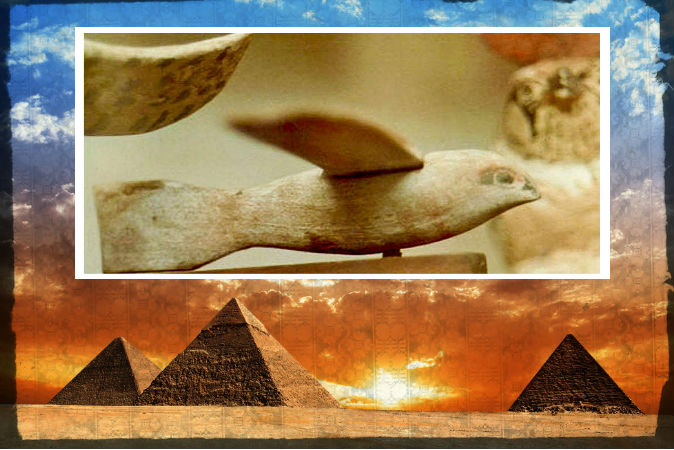By Dr. Paul
Myths and folklore from all over the world inform us of people with supernatural abilities who walked among us. Whether their abilities are attributed to God, the Devil, nature, or some other source, the ancient world is full of records of people who could reportedly perform magic at will. History has not been kind to the word “wizard”; when we hear it, we are inclined to think of fairy tales and fiction–and yet, when a religion recognizes people with the same powers, many of us are willing to call them saints and prophets of God. We are willing to believe in saints but dismiss wizards out of hand. Why should this be so?
We will explore several historical cases of people who seemed to have had magical powers and are listed in the “wizard” category. This is a brief history as all the facts on any of them could constitute many books. There are many more in history that have also risen to the rank of wizard (or a similar designation), but we have picked out a few examples to raise the question of whether these figures truly existed and if they truly had powers.
Cassandra (Greek Mythology)

A depiction of Cassandra, mythological prophetess from Troy, daughter of King Priam and Queen Hecuba, painted by Evelyn De Morgan, ca. 1898. (Wikimedia Commons)
In ancient Greek mythology, Cassandra was a princess of Troy with the ability to foretell the future. When she refused the advances of Apollo, he cursed her so that no one would ever believe her warnings. When she foretold of the army hidden in the Trojan Horse, no one believed her, and Troy fell. Her life continued tragically, for she was sexually assaulted, forced to be the unwilling mistress of King Agamemnon, and finally assassinated by Agamemnon’s evil wife Clytemnestra. Cassandra spent her life trying to avert the catastrophes she foresaw, but no one ever believed her prophesies.
The Witch of Endor (1079 BC–1007 BC)

A depiction of the story of Saul and the Witch of Endor, painted by Benjamin West, 1777. (Wikimedia Commons)
In the Old Testament, King Saul had a reputation for banishing witches from his kingdom, but he was not above using their powers for his own purposes. When he wished to obtain the guidance of his deceased mentor, the prophet Samuel, Saul tricked the Witch of Endor into performing a séance. The Witch of Endor was a medium, meaning that she could communicate with the dead, and she raised Samuel’s ghost, which predicted many unpleasant events in Saul’s future. Though the Witch of Endor was deceived into using her powers, could raise a prophet from the dead, and helped King Saul, there is no evidence she ever used her abilities for evil.
Simon Magus the Sorcerer (Contemporary of Christ)

Relief on the Miègeville’s gate of the basilica Saint-Sernin in Toulouse, France, as seen on Dec. 15, 2012. The relief shows Simon Magus surrounded by demons. (Pierre Selim/Wikimedia Commons)
According to the New Testament, during the time of Jesus, Simon was demonstrating great feats of magic and acquiring a large following: “To whom they all gave heed, from the least to the greatest, saying, ‘This man is the great power of God’” (Acts 8:10, King James). Simon was impressed by the act of baptism as a way to bring more people to the Holy Ghost, and he offered to pay the disciple Peter for the knowledge and power to perform it. Peter refused, saying that the gift of God could not be purchased with money. Two testimonies not included in the Bible state that Simon’s death occurred when he was levitating and Peter and Paul prayed to break the spell, causing Simon to fall and sustain fatal injuries. None of the other negative stories or myths about Simon date back with any authenticity to his own time period. Although he seems to have had disagreements with the disciples of Christ, there is no evidence that he used his powers for evil. Nevertheless, he is called a “sorcerer.”
Merlin (6th Century)

Left: An illustration from the Nuremberg Chronicle, 1493. (Michel Wolgemut, Wilhelm Pleydenwurff/Wikimedia Commons) Right: Merlin, depicted in the Suite Vulgate manuscript, 1286. (Wikimedia Commons)
Merlin was perhaps the most famous of all wizards, but he is also the one whose existence is under the most debate–along with that of King Arthur of Camelot, whom he served. There is, however, compelling evidence in favor of Merlin’s historical reality. There was a poem written on parchment around the time he allegedly lived about a wizard named Ambrosius who went by the name “The Eagle,” which translates to “Merlin.” We know Ambrosius existed because the location of his former home is still known, near Llangollen in North Wales. A corroborating Welsh document from 600 A.D. describes a clairvoyant named Myrddin, which is the Welsh form of Merlin. There is as much evidence for Merlin’s existence as there is for some people in “factual” history books, but because he was a wizard, he is considered a legend.
Väinämöinen (9th century)

Robert Wilhelm Ekman’s depiction of Väinämöisen, 1866. (Wikimedia Commons)
In modern times, this Finnish hero has been credited with many adventures under different names. However, the first verifiable written stories of him were recorded in the 16th century, and it is widely believed that he actually lived in the 9th century. The Finnish oral accounts say that he traveled the country on noble adventures, using his power of song to perform almost limitless magic. Väinämöinen has inspired the wizard archetype of modern fantasy fiction, and whenever a writer needs an old wizard to add magic and help to a story line, that character is often based on Väinämöinen. Even J.R.R. Tolkien’s famous wizard Gandalf was directly derived from Väinämöinen. The stories of Väinämöinen portray him as the hero of his stories, but nowadays the wizards he inspires are depicted in minor roles assisting other heroes.
Johann Reuchlin (1455 –1522)

Possibly the only authentic portrait of Johannes Reuchlin, a detail from the title engraving of Thomas Murner’s “History von den Fier Ketzren Prediger Ordens,” printed in Strassburg, Germany, 1521. Left: Johannes Reuchlin, middle: Ulrich von Hutten, right: Martin Luther. (Wikimedia Commons)
Johann was a well-known German scholar, linguist, historian, lecturer, and author. During his study of the Hebrew language, he used the spelling of names and other clues to decode what he believed were ways to communicate with angels, to give the word of God to man. He later wrote two books on the subject. He has been credited with having the ability to summon angels, but there is no evidence he ever claimed to have that power. His intent was to help man better understand the will of God, but he is often dismissed an occultist.
Michel de Nostredame (Nostradamus) (1503 –1566)
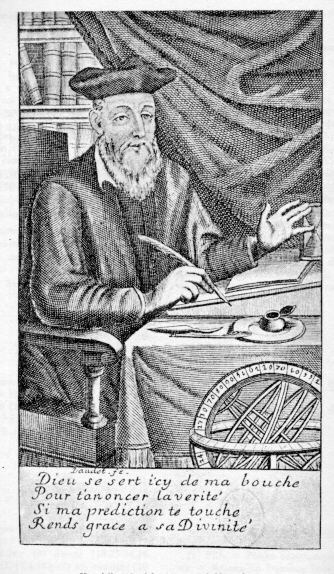
A portrait of Nostradamus, ca. 1690. (Wikimedia Commons)
Nostradamus was the famous French seer whose quatrains are still popularly used to tell the future. Some argue that his 950 predictions are vague enough that, with the benefit of hindsight, it is possible to interpret them to describe almost any event, but some interesting feats of prophesy he performed during his life were well-documented. Nostradamus once kneeled before a humble monk named Peretti, saying that monk would be pope, and 32 years later, the monk became Pope Sixtus V. Nostradamus not only wrote a cryptic prophesy about King Henry II of France dying from a splinter in his eye, but also explained to the king that the prophesy referred to a peculiar jousting accident that later occurred exactly as he predicted. Because of the graphic nature of many of Nostradamus’s predictions, he is often depicted in images and movies as a dark and evil person, but he only saw the future, warned of it, and never caused any harm.
Republished with permission from the Paranormal Association. Read the original. Dr. Paul is a staff writer for the Para normal Association. He is the author of five books on the paranormal. You can read more at Dr. Paul’s Website.
